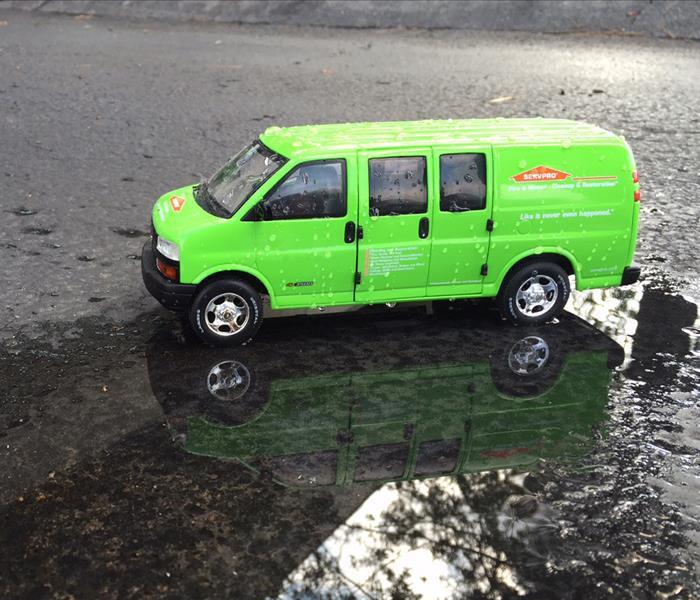Storm Series: What To Do After a Fort Mill Flash Flood
8/10/2015 (Permalink)
Storm Series: What To Do After a Fort Mill Flash Flood
If a Fort Mill flash flood has hit your business or home, you are probably wondering what to do. There are a few things that you should do right after a flash flood:
• Please pay attention to local radio and TV for information about the weather. Even after water has receded, there might be danger of flooding. News outlets will let you know when it is safe to go outside or return.
• Assess the utilities, and switch off the electricity if you see broken or frayed wires, see sparks, or smell any smoke or burning insulation. If you need to go through water to get to a circuit breaker or fuse box, talk to an electrician regarding what to do. If you have damaged sewage and water lines, immediately contact a licensed plumber. If you can smell propane or natural gas, leave the area right away and contact your Fire Department.
• Make sure not to drink well water or tap water until it has declared free of contamination and safe for drinking. Do not even use it to wash your hands, wash dishes, make ice, or prepare food. If you have an undamaged water heater or any melted ice cubes, you can use these instead. If you do not, and you really need water, the best solution is to boil water for a minimum of 1 minute, and then cool it down and store it in clean containers.
• Use bleach, as it will kill some bacteria. Mix eight drops of regular liquid household bleach with a gallon of water, and let it sit for half an hour before using it.
• Be protective, keeping an eye on all children and pets.
• Stay away from flood-ravaged areas.
• Please pay attention to barricades that have been put up to protect you. Also, stay off of roadways, to avoid hazards and to enable emergency workers to have easier access to victims.
• Avoid moving water. Six inches of this water is enough to knock you down, and a couple of feet can actually move vehicles. This water is more dangerous than it appears.
• If you absolutely have to travel through a Fort Mill flood damaged area, be extremely careful. Wait until there is no moving water; be sure to wear sturdy shoes, and gauge firmness and depth of ground before taking every step. Watch out for contaminated water, hidden animals, electrical hazards, hazardous debris, eroded walkways and roads, and other types of danger associated with traveling. Do not enter any building that is surrounded by flood water, until it has been declared safe so that you can be sure that it will not collapse due to weakened structures.
• When you are in the process of cleaning and repairing, make sure to get the help you need. Call SERVPRO if you need restoration services for items that have been damaged by water. Once the water has receded, meticulously clean and disinfect every what item, so that you can protect everyone there from potential contamination. Make sure that you wear protective clothing, such as boots and rubber gloves, while you are doing your cleaning. If you have a lot of water damage, you may need mold remediation, upholstery cleaning, and carpet cleaning to restore your home.
• Any food items that have come into contact with flood water should be disposed of, including canned goods, baby bottles, bottled water, and even plastic utensils.
• Make sure to only hire reputable and professional contractors for any repair and clean up needs. Be wary of potential scammers.
• If your basement is flooded, drain only about a third per day, as overly rapid water removal may cause structural damage or collapse.
• Talk to your insurance agent about Fort Mill flash flood recovery claims, as the typical homeowner's insurance policy will not cover this damage.
• Pay attention to your radio or TV, as you may see helpful information about assistance that is available in your region.
What To Do After Flooding
What NOT To Do After Flooding
Our Water Damage Restoration Process
Since every flood and water damage scenario is a little different, each one requires a unique solution tailored for the specific conditions. However, the overall water restoration process remains the same. The steps below detail our restoration process for the typical water-damaged property.
Step 2: Inspection and Damage Assessment
Step 3: Water Removal/Water Extraction

 24/7 Emergency Service
24/7 Emergency Service
